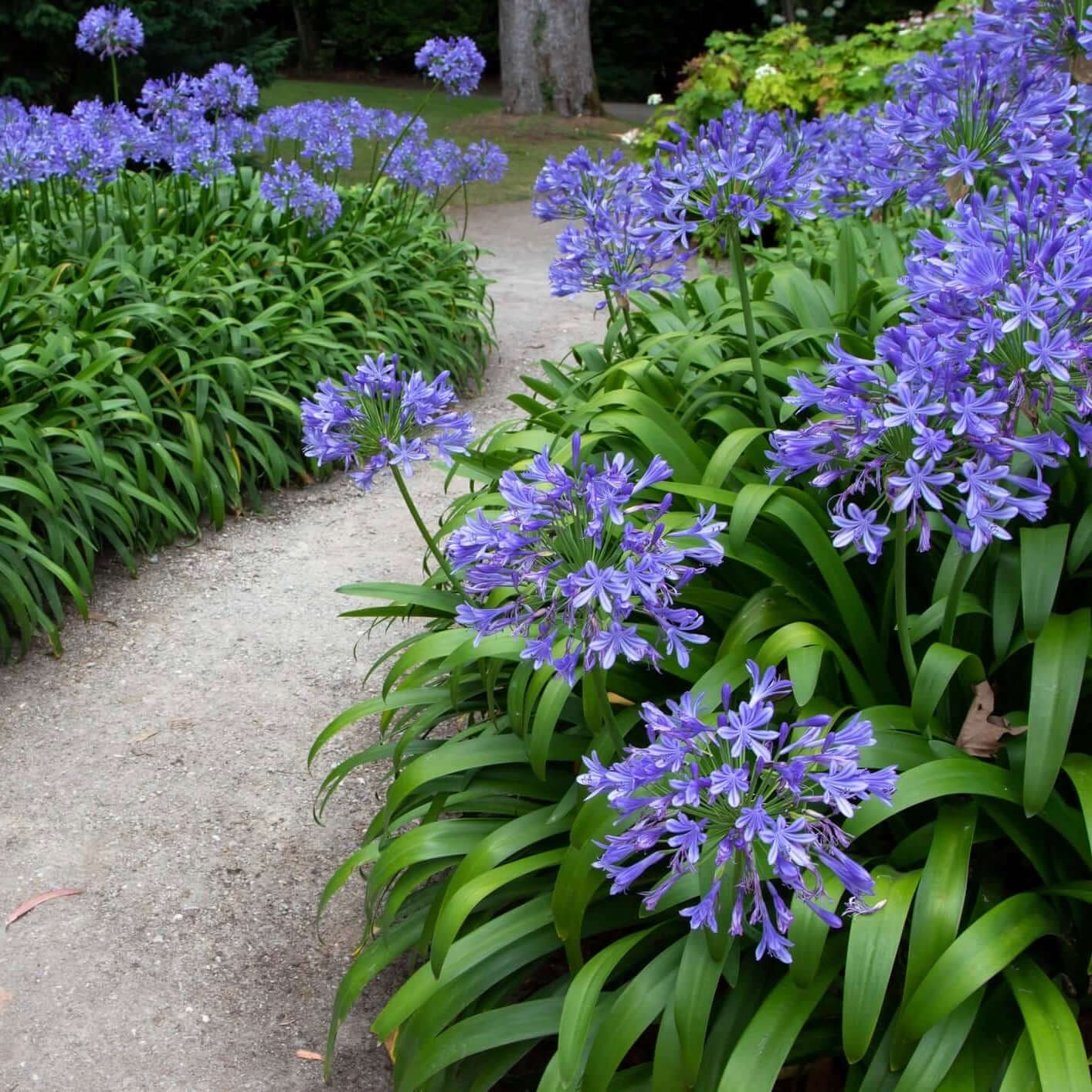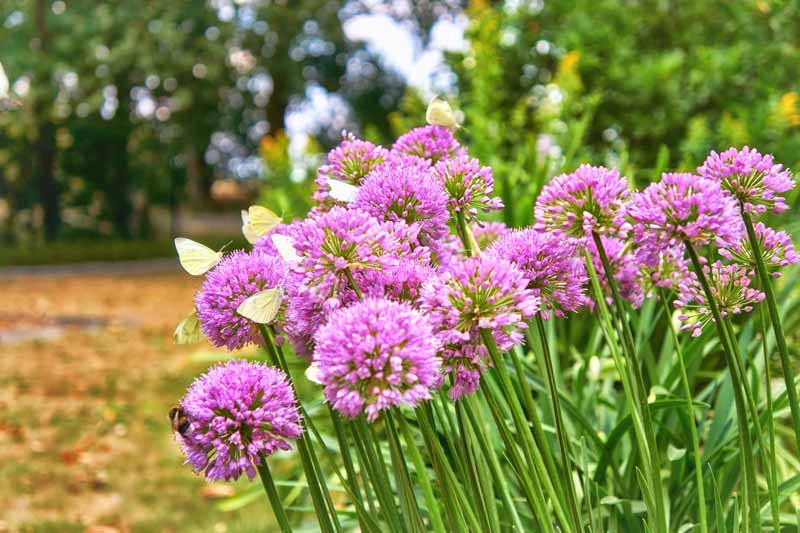Agapanthus Growing Conditions: Soil, Sunshine, and Watering
Grasping the Art of Agapanthus Treatment: Vital Steps for Healthy And Balanced Growth and Vibrant Flowers
In the realm of cultivation, the cultivation of agapanthus stands as a gratifying undertaking for those who seek to nurture these sophisticated blooming plants. From choosing the appropriate range to understanding trimming methods, the trip towards cultivating flourishing agapanthus plants is complex and holds the crucial to opening the complete possibility of these organic gems.

Choosing the Right Agapanthus Range

When choosing the appropriate Agapanthus range for your yard, take into consideration factors such as environment suitability, blossom shade, and development practice. Agapanthus, typically called Lily of the Nile or African lily, can be found in a selection of shades varying from shades of blue and purple to white. Pick a flower shade that complements your existing yard palette to create an unified landscape. Furthermore, think about the climate in your region to guarantee the Agapanthus variety you pick can flourish in your specific problems. Some selections are more forgiving of cool temperatures, while others favor warmer climates. Recognizing the development behavior of various Agapanthus selections is crucial for correct positioning within your yard. Some varieties have a clumping development practice, perfect for borders or containers, while others have an even more spreading nature, ideal for ground cover or mass plantings. By carefully assessing these aspects, you can choose the best Agapanthus selection to improve the elegance of your garden.
Perfect Growing Problems
Thinking about the optimum ecological needs is important for successful Agapanthus cultivation. Agapanthus plants are delicate to chilly temperature levels and must be shielded from frost during winter season months.
To guarantee healthy growth and vivid blooms, plant Agapanthus light bulbs at a deepness of concerning 2-4 inches and area them 8-12 inches apart. Including organic matter, such as compost, to the soil can improve drainage and fertility, promoting robust root advancement. Mulching around the base of the plants aids retain dampness and subdues weed growth. Normal watering is critical, especially during the growing season, to keep the dirt constantly wet yet not saturated.
Watering and Feeding Tips
Keeping proper dampness degrees and providing essential nutrients are crucial elements in the care program for Agapanthus plants. When it concerns watering Agapanthus, it is critical to strike a balance. If overwatered, these plants prefer consistently damp dirt however are at risk to root rot. During the expanding season, water deeply when a week, making certain the soil is well-draining to avoid waterlogging. In hotter climates or throughout durations of dry spell, even more constant watering might why not try here be needed to maintain the soil equally moist. However, reduce watering in the winter to avoid water logged conditions.
Fertilizing Agapanthus is essential for advertising healthy development and respected blooms. Use a well balanced fertilizer, such as a 10-10-10 formula, in the early springtime as brand-new development arises. Repeat this application every 6-8 weeks throughout the growing season. Stay clear of too much fertilizing, as it can cause lush foliage at the expenditure of flowers. Always adhere to the supplier's instructions for correct dilution and application techniques. By complying with these watering and feeding suggestions, you can ensure your Agapanthus plants grow and generate dynamic, resilient blossoms.
Trimming Techniques for Agapanthus
Pruning Agapanthus plants at the suitable times and with proper read this post here techniques is important for keeping their health and wellness and promoting optimum development and flowering. The suitable time to trim Agapanthus is in late winter or early springtime before new growth emerges.
For flowered stems, wait up until the blooms have perished and after that trim them back to the base. This not only cleans up the plant's look yet additionally urges the advancement of brand-new flower buds. Deadheading invested blossoms can additionally reroute the plant's energy into creating even more blossoms as opposed to setting seeds. However, if you intend to gather seeds for proliferation, leave some blossoms to dry and fully grown on the plant.
Keep in mind to use clean, sharp devices to make accurate cuts and minimize the danger of presenting diseases. Agapanthus. Routine trimming will assist maintain your Agapanthus looking healthy and balanced and neat while making sure a plentiful display of beautiful blossoms
Dealing With Common Bugs and Conditions
After making read what he said sure proper pruning techniques for Agapanthus, it is vital to resolve common insects and diseases that can impact the health and vigor of these plants. One usual pest that influences Agapanthus is the Agapanthus gall midget.
Additionally, Agapanthus plants can endure from root rot if they are planted in badly draining pipes soil. By being watchful and taking punctual activity against diseases and bugs, you can help your Agapanthus plants thrive and generate lively flowers. Agapanthus.

Final Thought
Finally, mastering the art of agapanthus care includes choosing the best variety, giving excellent growing problems, appropriate watering and fertilizing, appropriate pruning methods, and resolving usual bugs and conditions. By following these important steps, you can ensure healthy and balanced growth and vivid blossoms for your agapanthus plants. Keep in mind to consistently check and maintain your plants to promote their total health and durability.
To guarantee healthy and balanced development and lively flowers, plant Agapanthus bulbs at a deepness of concerning 2-4 inches and space them 8-12 inches apart. By following these watering and feeding tips, you can ensure your Agapanthus plants thrive and produce vivid, resilient flowers.
One usual insect that affects Agapanthus is the Agapanthus gall midget. Furthermore, Agapanthus plants can suffer from root rot if they are grown in badly draining dirt. By following these necessary steps, you can ensure healthy and balanced growth and vivid flowers for your agapanthus plants.